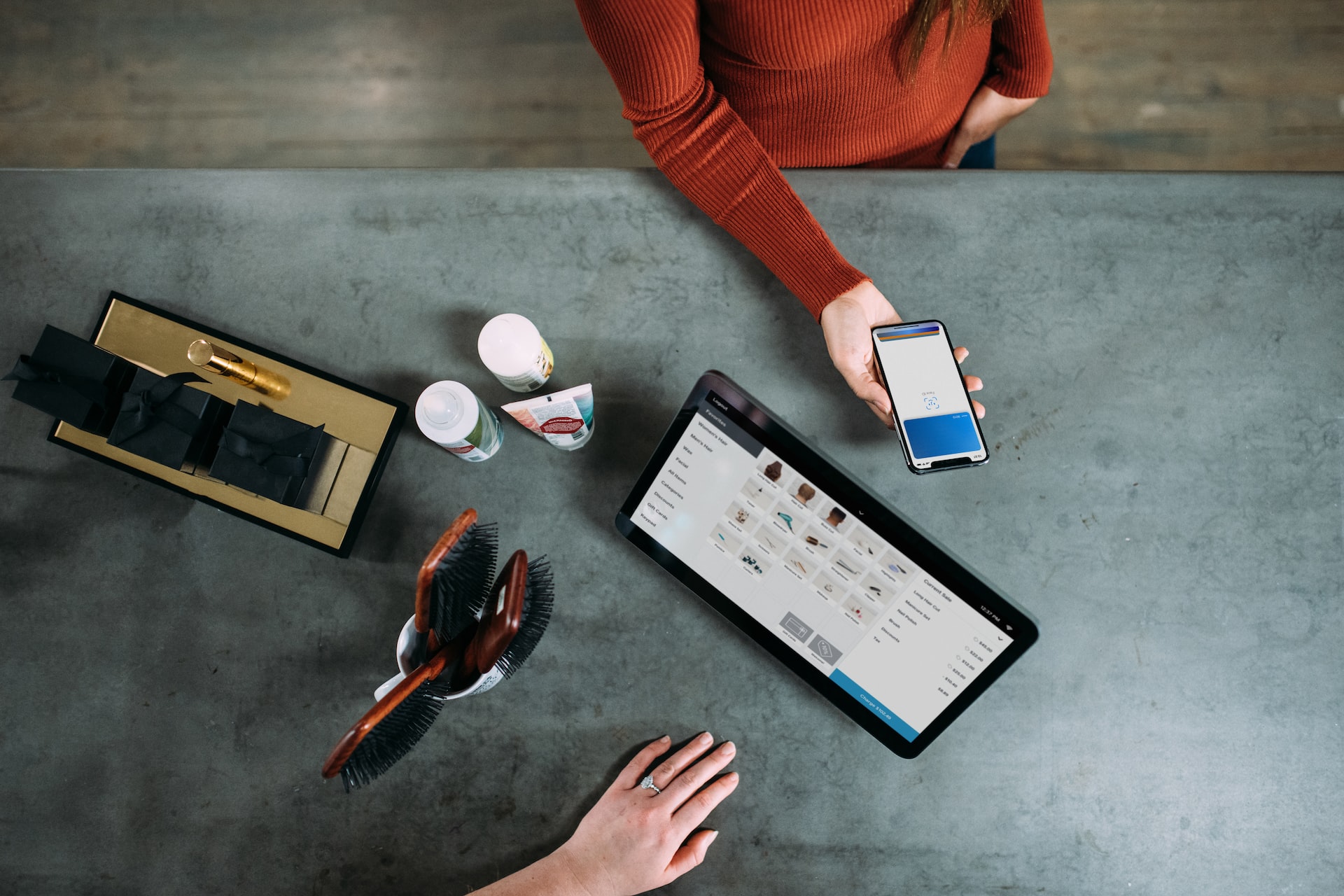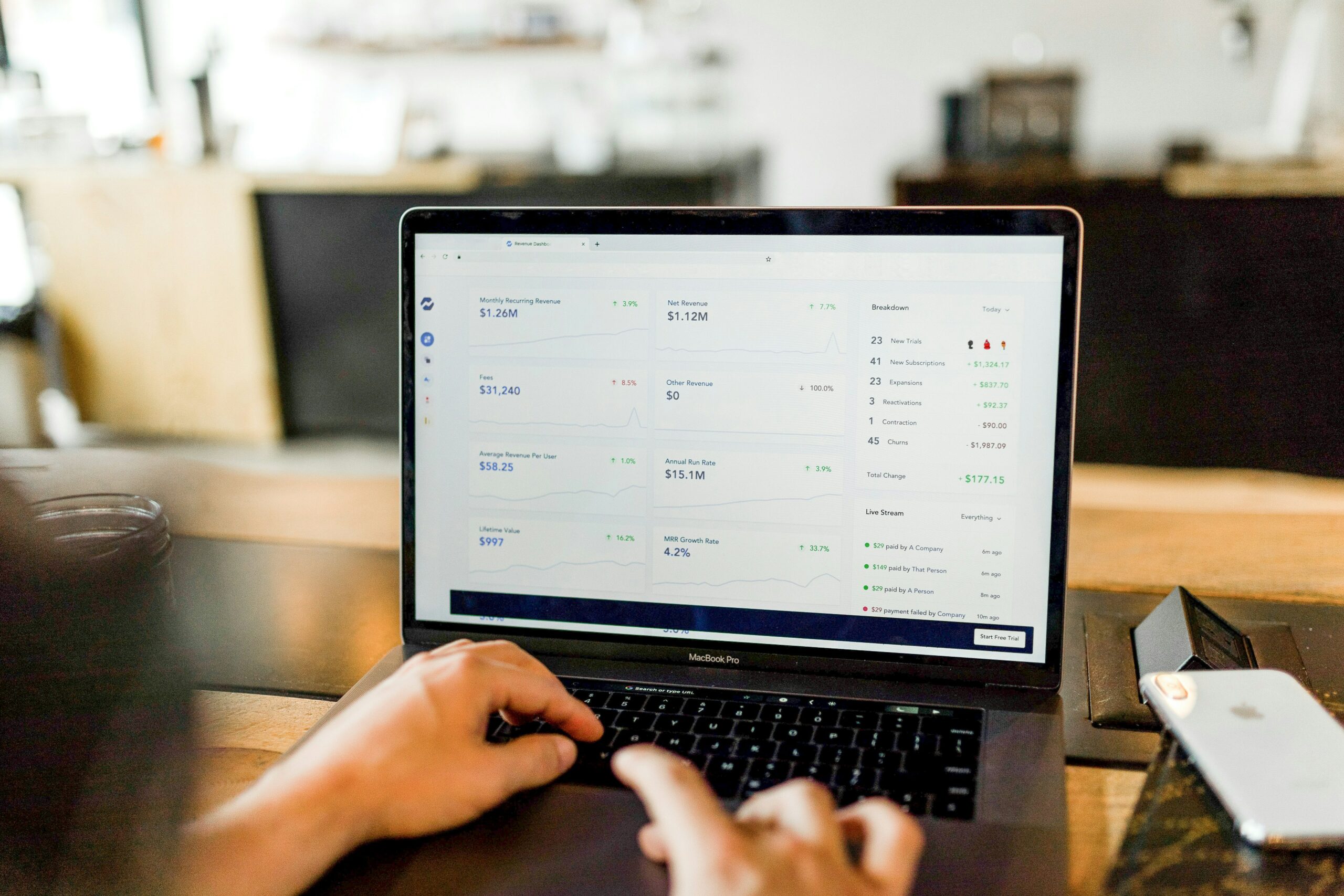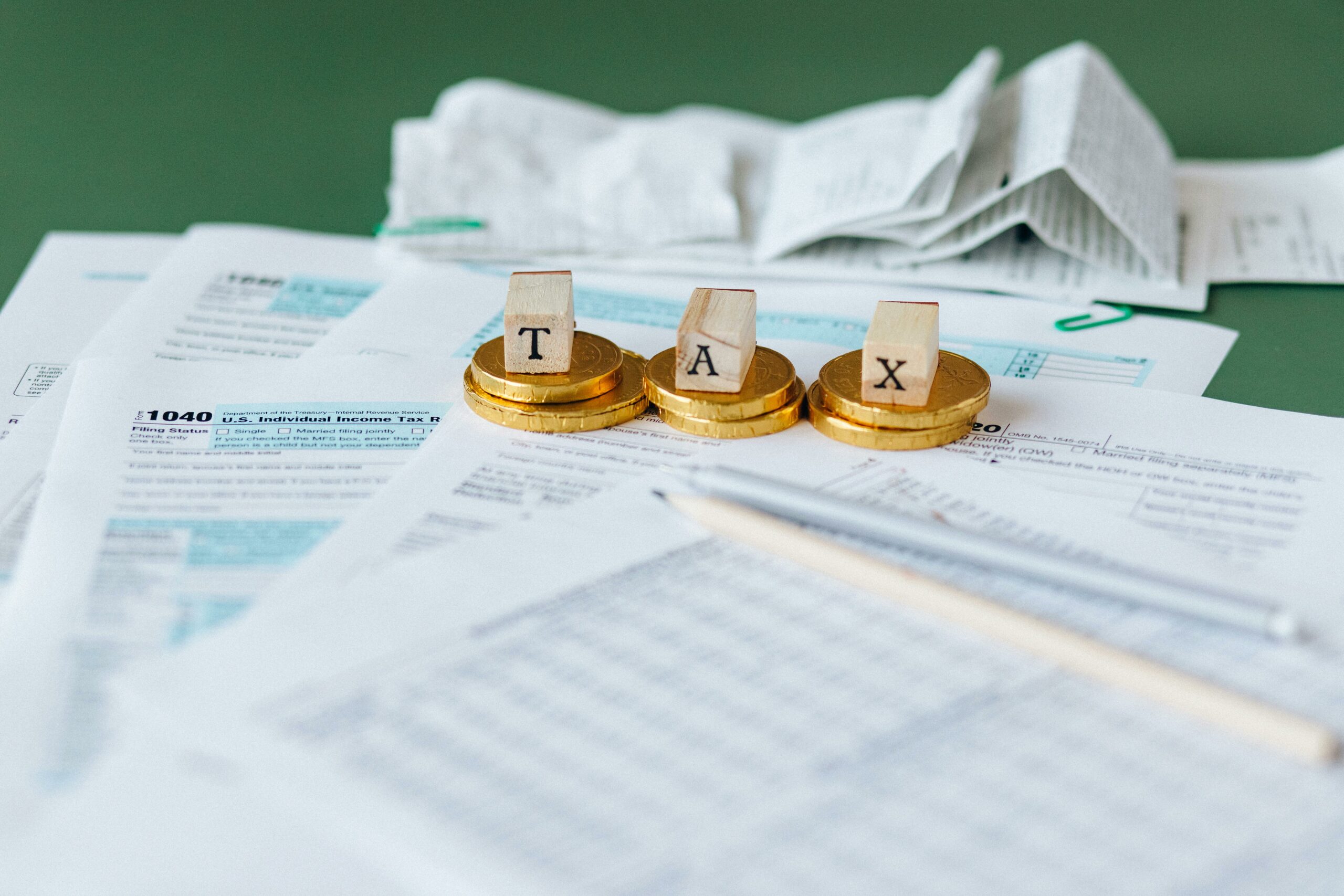
Customer lifetime value is an estimated metric that gauges how much revenue you might gain from a buyer’s spending on your goods and services in the course of their stay as a customer of your business. This takes into account both previous buyer data and forecasting.
How Can I Use Customer Lifetime Value In My Business?
Using this metric, businesses can determine the value of each customer and whether they need to allocate their focus, budget, and marketing efforts to retain these customers. Alternatively, they would need to strengthen customer acquisition and draw more people in.
This metric can also help you gauge how effective your current methods are. A satisfied customer will approve of the quality of goods, services, and support. These customers are likely to purchase from you more than once. These customers are the ones who are also likely to become loyal to your brand and stay with you for more years. If you find yourself with many customers with high customer lifetime values, that shows you that you’re doing a good job of keeping them happy and cared for.
CLV and the customer retention strategies surrounding it are much more than overarching approaches, though. You can, of course, group customers with similar buying behaviors together to get a good general idea. However, each customer relationship is unique. The more personalized you treat your customer relationships, the more value you can get out of each one. The more consideration you give customers individually, the higher your customer satisfaction, loyalty, and retention rates will go.
Not all customers are the same. Some will purchase from you more frequently while some only once or occasionally. It’s important to recognize who the “more valuable” customer is and focus more efforts on making sure that you take care of them. Think of it like this: the more they spend or are likely to spend on your business, the more you should invest to make sure it stays that way for as long as possible.
How Do I Calculate my CLV?

A simple method of calculating CLV is to take the average value of each purchase. Multiply that by the number of times you expect them to purchase on a monthly or even an annual basis. Then, multiply that by the number of months or years you expect that customer relationship to last.
Historical Approach
Historical CLV is the sum of gross profit of all past purchases made by an individual customer. This is also relatively simple, as you only need to rely on past purchase data.
There are several ways you can calculate Historical CLV:
- Sum of all transactions x Average gross profit = Historical CLV
- Revenue (monthly or yearly) / number of customers = ARPU, or Average Revenue Per User
- Cohort analysis is like ARPU with a few extra steps. This groups customers with similar purchasing behaviors and characteristics into groups and calculates it per group. This is a more accurate and in-depth calculation than just averaging it out across all your customers.
Predictive Approach
Predictive CLV measures the total value that you expect a single customer to bring to your business in their lifetime. This approach uses historical transactions and a measure of customer behavior over a certain period. This can include purchase frequency, for example.
Distinct from historical CLV, the predictive approach can not only give you an understanding of what customers have done in the past. It can also give you insight into how they are likely to behave now, and what that will be worth to your business. The predictive approach also forecasts changes in customer value over time. Knowing this, you can adjust your campaigns to make the most of opportunities for acquisition and engagement. Then, you will be able to get more customers and maintain a high retention rate. This brings you a high customer lifetime value for each customer.
Here’s how you can calculate the values that you will need for Predictive CLV:
- Average number of transactions per month / Number of months
- AOV (Average Order Value for a specific month) / Number of orders in that same month
- AGM (Average Gross Margin) = [(Total Revenue – Cost of Goods Sold) / Total Revenue] * 100
- ALT (Average lifespan of a customer) = 1 / Churn rate (Number of customers at the beginning of the period you are calculating minus the number at the end of that period)
Now, to calculate Predictive CLV:
(T * AOV * AGM *ALT) / Number of customers at the end of the period in question
How is Customer Lifetime Value related to Customer Acquisition Cost?

Customer acquisition cost (CAC) is the amount of money spent on turning a visitor into a customer. This includes all costs associated with your marketing and advertising efforts. This includes both physical and digital methods.
If CLV is how much money a customer brings in, CAC is the amount spent on getting that customer in the first place. Naturally, you wouldn’t want to spend more acquiring a customer than their projected CLV. This is why it is important to optimize your marketing strategies to attract the right customers for the sake of your bottom line. Your target audience should be those with a higher CLV to CAC ratio. Ask yourself if it’s worth retaining your current customers. Otherwise, consider investing in a better customer acquisition strategy.
Also, remember, your CLV calculations won’t be complete without subtracting the costs associated with acquiring and retaining that customer.
How Do I Improve My CLV?
Enhance Your Customer’s Journey
From acquisition to onboarding to transactions and purchases, you should make the process about providing the best experience possible. How do you grow a loyal customer base? Give them something worth being loyal to. Guide them through your products and services in the simplest but most transparent way. Make sure to communicate all your offerings clearly and honestly with no room for misunderstandings.
The last thing you want is to overpromise on something and not deliver. And remember to be as granular and personalized as possible. This means getting more detailed in how you handle customer relationships on an individual basis. The more you do this, the more value you can get out of each customer. Moreover, they will feel like you really care about their individual needs.
Provide the Best Customer Support
Bad customer service can lead to a customer switching brands instantly. Bad service indicates that you don’t care about keeping customers satisfied. It also reflects that you, as a business, don’t care as much about your customers after they purchase as you did before they paid. This is a terrible precedent to set. When customers know they can ask you any questions and be met with an enthusiastic and helpful reply, they are more likely to keep doing business with you. Make sure you are active and flexible with your support channels. Provide as many flexible options for contact as possible (email, social media, live chat, etc.) without compromising the quality of the customer support.
Encourage Feedback
Customers are on the receiving end of your services, so they are the best ones to tell you whether those services are faulty, need improving, or are working fantastically. Ensure that there is a way that customers can review your service and respond wisely. Not all feedback can be constructive but no feedback at all means you won’t even know where to start building or making renovations. Ask your loyal customers what has kept them on for so long. Then use this information to try to improve those processes. If possible, ask those who have stopped doing business with you why they decided to leave. Know the pain points of your customers and show that you care about making sure you deal with them.
Provide Loyalty Benefits
Show that you love your faithful buyers and are thankful to them for being with you for so long. Offer benefits and special discounts to them. Advertise these benefits so customers can see a glimpse of their future if they stick around.
Why is CLV Important to My Business?

Here are a few ways CLV can add value to your business:
- Knowing your CLV helps you
- Gain insights into the current working order of your business and customer relationships.
- Create better strategies and budgeting to retain valuable customers and increase profitability.
- Decide how much more to invest in customer acquisition.
- Have a better idea of your ideal customer and can tweak your marketing to attract more customers like them.
- Identify who your loyal customers are and how much to invest in cross-selling or upselling strategies.
- Understand your ROI better and get a better picture of your marketing goals for the short term and long run.
- Identify which customers you should focus on keeping – Repeat orders means a stable flow of income to your business.
- The more accurate your CLV forecasts are, the more effectively you can make business decisions on product and equipment purchases, hiring, and business scaling efforts.
- Learning which customers offer less value means funneling your resources towards higher value buyers.
- The higher the CLV, the bigger the profit margin, and the more potential and fuel you can add to your growing business.
Conclusion
Monitoring Customer Lifetime Value is crucial because it informs how you go about your current customer relationships and whether you need to invest more effort in starting new ones. The more personalized and considerate you are with each individual customer, the more value you get out of the relationship. Remember, your customers are the lifeblood of your business. Take care of them throughout the whole process, and they will take care of you.








